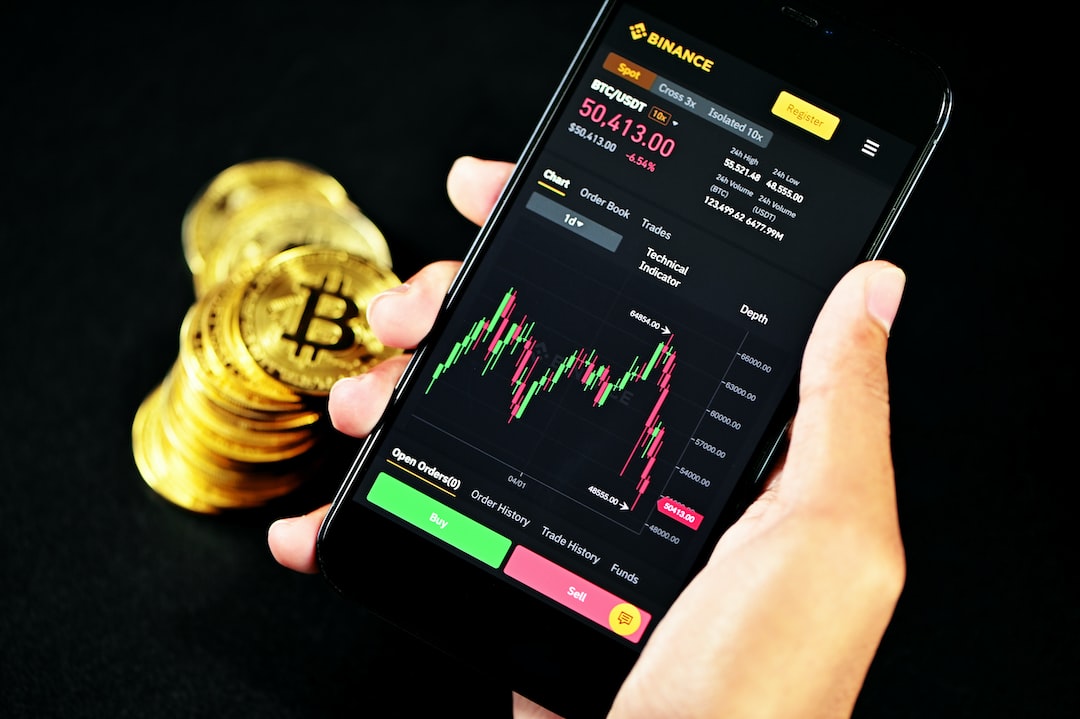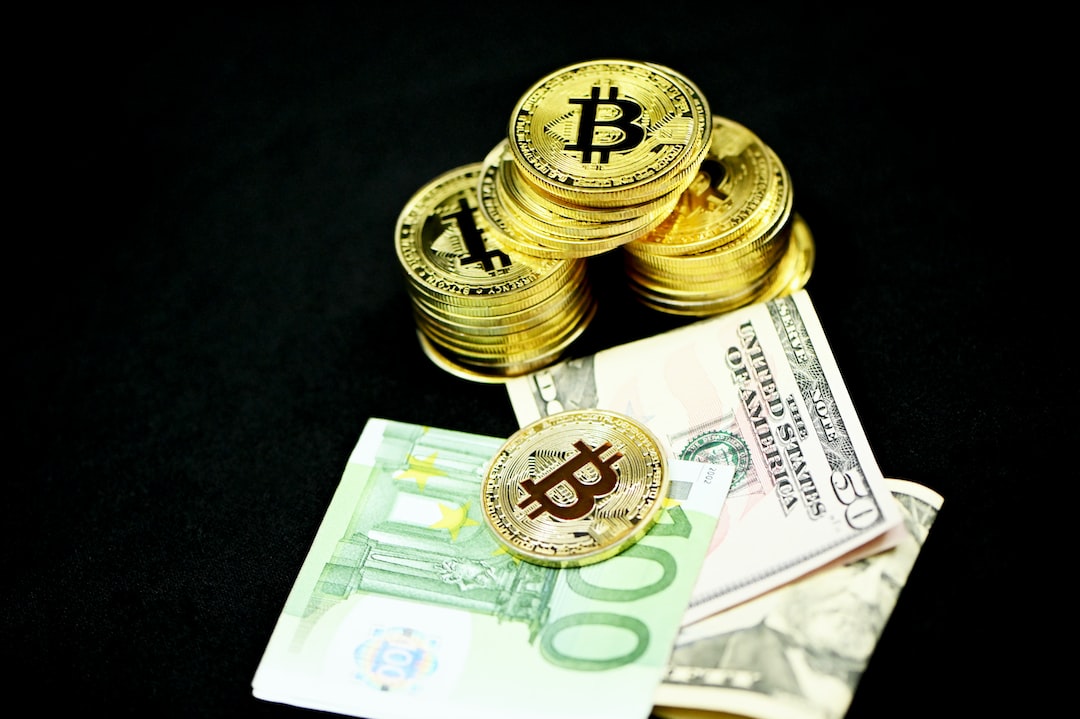Solana Tokenomics: Understanding Supply Inflation and Economic Effects
When it comes to cryptocurrencies, it’s crucial to consider the tokenomics and supply inflation. By understanding these factors, you can gain a competitive edge in the crypto market. In this regard, let’s take a closer look at Solana (SOL) tokenomics from a different perspective. Analyzing public market data can provide insights into the impact of increased supply inflation and help us determine the potential price of SOL if it were to reach its all-time high market cap.
SOL, like any other cryptocurrency, requires sufficient demand to maintain its value despite an inflationary supply. The interplay between demand and supply influences whether a crypto’s price will rise or fall. Each cryptocurrency has its unique tokenomics structure, including Solana.
On November 8, 2021, Solana reached an all-time high market cap of $80.965 billion, according to TradingView’s CRYPTOCAP index.
Just two days earlier, the token traded for as high as $260.06, as recorded by CoinMarketCap. Based on an inverse calculation, this suggests a circulating supply of approximately 311.332 million SOL at that time.
Solana Supply Inflation and Its Economic Implications
Now let’s delve into SOL’s supply inflation and how it affects the economy. Currently, Solana has a circulating supply of 423.139 million SOL. Over the past two years, this represents a supply inflation of 111.807 million SOL (36%), equivalent to an annual inflation rate of around 18%, which is higher than XRP’s yearly inflation rate.
The price projection reveals the significant economic effects of this inflation. If Solana were to reach its peak speculative demand with a market cap of $80.965 billion, the token would trade at a proportionally lower price compared to its all-time high.
Based on the circulating supply on November 23, Solana would be valued at $191.34 per token at its highest capitalization. This implies a decline of $68.72 (26.4%) from the previous price of $260.06 in 2021. However, it still indicates a potential 235% increase from the current price of $57.08.
It’s important to note that this forecast assumes the same level of demand as in 2021 for Solana, but there are no guarantees that such demand will materialize again. On the other hand, it’s also possible that we may witness even higher demand in the coming years.
Hot Take: Assessing Solana’s Supply Inflation and Future Prospects
In conclusion, understanding supply inflation and its economic effects is crucial for crypto traders and investors, especially when analyzing tokens like Solana. While Solana’s supply inflation rate is relatively high, it’s essential to consider other factors such as demand and market conditions. The projected price suggests a potential significant increase from the current value, but it also highlights the potential volatility and uncertainties in the crypto market. As with any investment, thorough research and careful consideration are necessary before making decisions.





 By
By
 By
By
 By
By
 By
By
 By
By